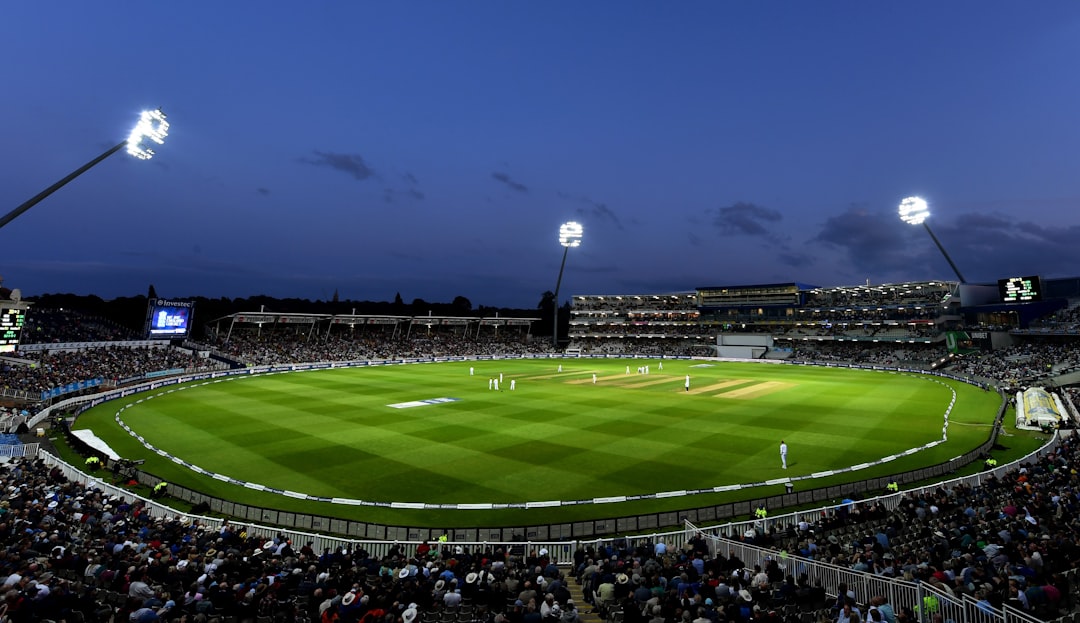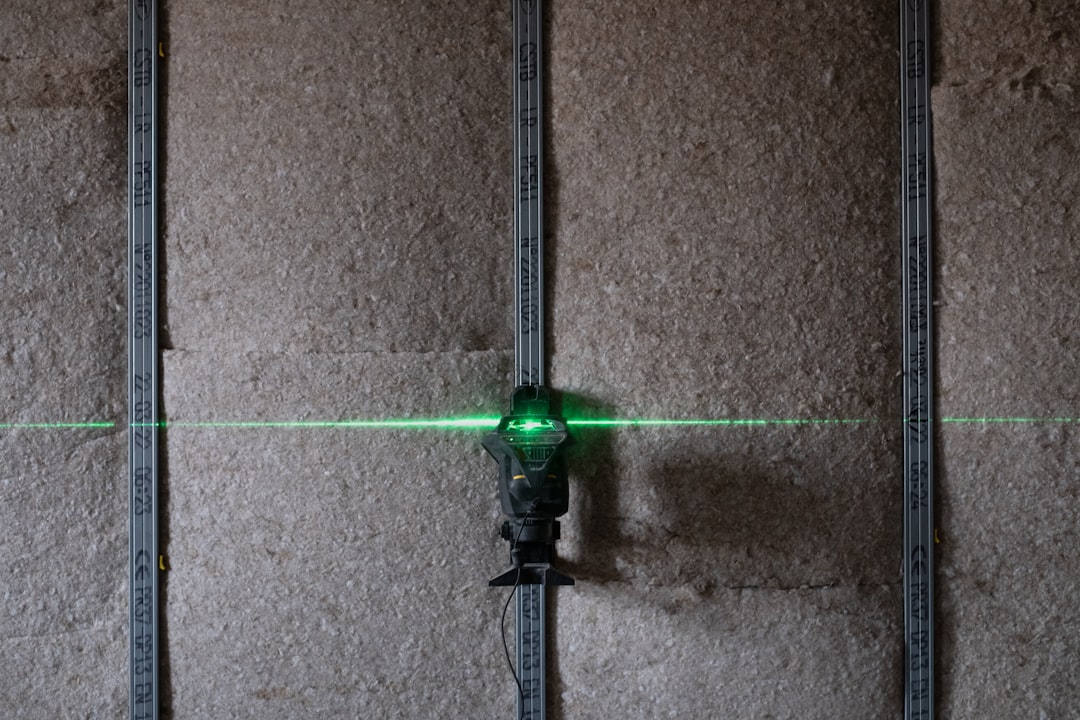Cavity wall insulation is an effective way to improve energy efficiency in homes. It helps reduce heating costs and lower carbon emissions. However, before installing cavity wall insulation, it’s essential to conduct a thorough assessment to ensure suitability and effectiveness. The assessment for cavity wall insulation involves evaluating the structure of the property, the type of walls, and other critical factors that might impact the installation. We explore these topics below.
Initial Inspection
The first step in assessing a property for cavity wall insulation is an initial inspection. A qualified surveyor will examine the age and construction of the building. Properties built after the 1920s typically have cavity walls, while those built before this period are more likely to have solid walls. The surveyor will also check for any existing insulation, which might affect the need for additional work.
Structural Integrity
Assessing the structural integrity of the walls is crucial. The surveyor will look for any signs of damage, such as cracks or dampness, which should be addressed before installation. Walls with significant issues may not be suitable for cavity wall insulation without extensive repairs, as insulation can exacerbate existing problems.
Type of Cavity Wall Insulation
There are various types of cavity wall insulation, including mineral wool, foam, and polystyrene beads. The choice of material depends on factors such as the width of the cavity, as well as the condition of the walls, and the local climate. Each material has its benefits and potential drawbacks, which the surveyor will discuss with the homeowner.
Assessing the Cavity
The surveyor will drill small holes in the external walls to inspect the cavity using a borescope, a tool with a camera on the end. This allows them to check for obstructions, such as debris or existing insulation, and measure the width of the cavity. A cavity that is too narrow or obstructed may not be suitable for insulation.
Ventilation and Damp Proofing
Proper ventilation is essential to prevent condensation and dampness after insulation. The surveyor will assess existing ventilation and recommend improvements if necessary. They will also check the damp proof course (DPC) to ensure it is intact and functioning correctly, as insulation should not be installed in walls with inadequate damp proofing.
Final Report and Recommendations
After the assessment, the surveyor will provide a detailed report outlining their findings and recommendations. This report will include the suitability of the walls for insulation, the preferred type of insulation material, any necessary repairs, and cost estimates.
Conclusion
A comprehensive assessment for cavity wall insulation is crucial before installing cavity wall insulation to ensure the process is effective and does not cause any unforeseen issues. By thoroughly examining the property’s structure, existing conditions, and suitability for insulation, homeowners can make informed decisions that enhance their home’s energy efficiency and comfort.











